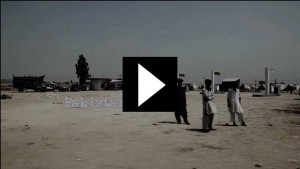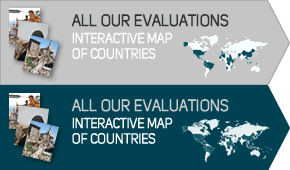March 30, 2011
DARA publishes the report of the Inter-Agency Real Time Evaluation of the international humanitarian community’s response to the 2010 Floods in Pakistan. The disaster affected 20 million people and left 1,700 dead. In response to a disaster of such proportions, the UN issued the largest-ever disaster appeal at over $2 billion for the flood victims.
The evaluation was commissioned by the Inter-Agency Standing Committee (IASC) and was funded by OCHA.
The evaluation process
The team visited Pakistan twice between January and March 2011. During the first mission, field visits were carried out in the worst affected areas to interview aid providers and recipients. A total 1,107 interviews were carried out with key stakeholders and 686 with people from the affected populations.
During the second visit, three provincial and one national workshop were held with key stakeholders (provincial and national government, military officials, UN agencies, international and local NGOs and the Red Cross/ Red Crescent Movement) involved in the response. The purpose of these workshops was to validate and prioritise findings, with the actors agreeing on the responsibility, implementation and timing of the recommendations. This was a groundbreaking component of the methodology which contributed to boosting ownership of the recommendations and fostered real time learning. It will now be applied to all IASC RTEs.
Main findings and recommendations
- The government and the Humanitarian Country Team (HCT) need to draw a reprioritised Pakistan Plan. The current plan is mostly based on the initial emergency response.
- The international humanitarian system should implement a geographic area based response in future disasters of similar scale.
- The international humanitarian community suffers a chronic amnesia and needs to take stock of lessons learned from prior evaluations.
Riccardo Polastro
Listen to an update provided by Riccardo Polastro, Head of Evaluations at DARA.
Related links:





Share this